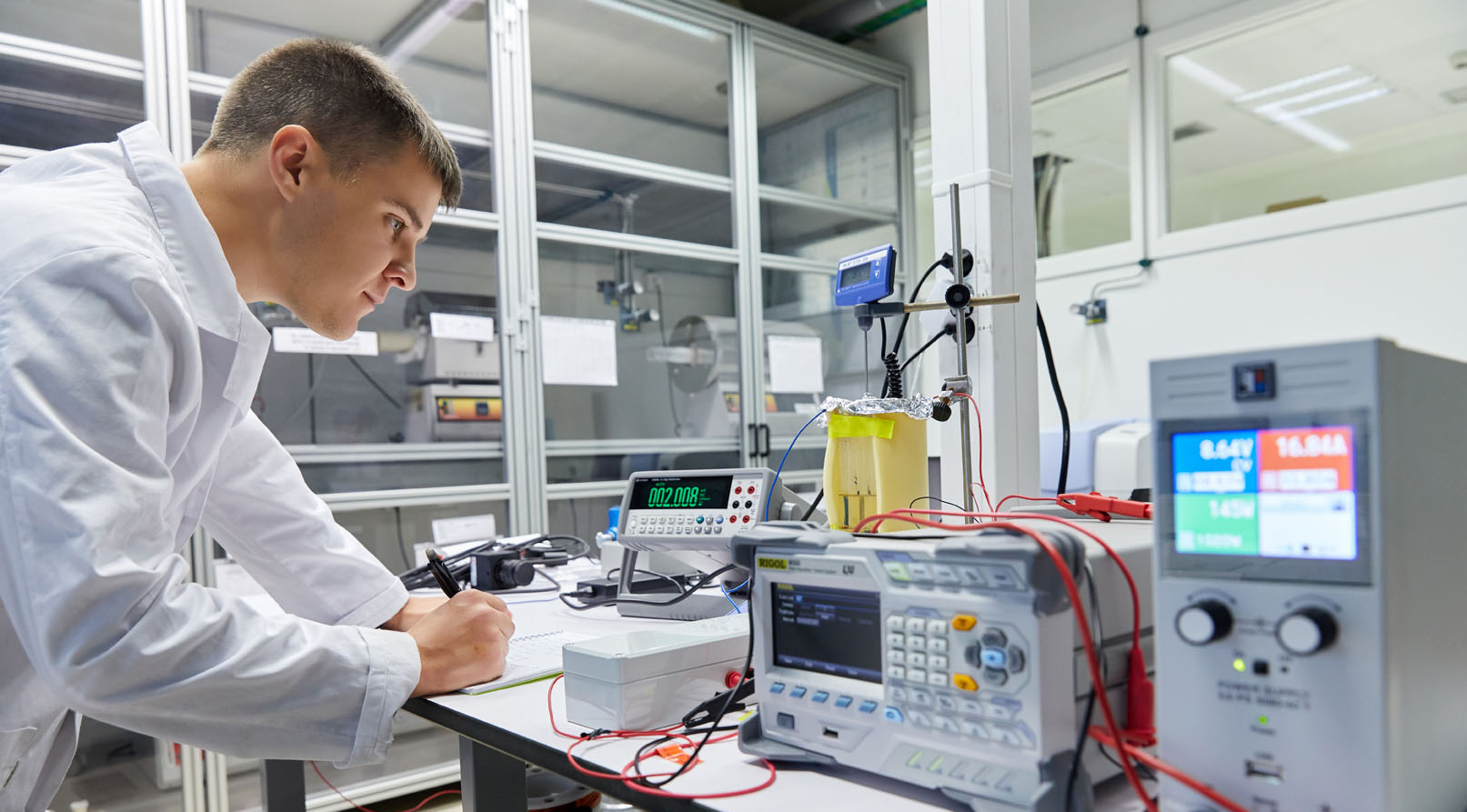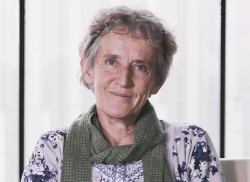
ELENA PALOMO DEL BARRIO
SCIENTIFIC DIRECTOR
In Thermal energy storage (TES) systems, power and capacity are in apparent opposition. Achieving energy densities significantly higher than those of current sensible heat storage systems employing latent heat or thermochemical storage technologies entails severe limitations in terms of power. A similar problem appears in battery packs, microelectronic devices, and electric assets, where increasing capacity and power need to be accompanied by the development of increasingly efficient cooling systems. This group is devoted to the experimental and numerical study of innovative heat transfer intensification solutions to face the new challenges of ultracompact TES and thermal management of batteries, electronic and electric systems. Some of the active topics are:
-
Microfluidics for energy storage. In the microfluidic world, as fluid dimensions shrink to the microscale, their specific surface area increases, thus bringing about behaviors divergent from those of macroscopic fluids, which can be characterized by three major phenomena: highly efficient mass−heat transfer, the relative dominance of viscous over inertial forces, and significant surface effects. These features are studied and exploited in the group for the benefit of thermal management applications. This involves understanding microfluidic single-phase, multiphase, and droplet-based flow behaviors submitted to different driving forces, as well as optimizing microchannels geometry and flow paths networks.
-
Boiling intensification. Boiling is among the most effective heat transfer mechanisms. In industrial TES field, steam accumulators use boiling to reach fast response and high discharge rates. In batteries and microelectronic thermal management, pool boiling and flow boiling also proven to be among the most efficient cooling solutions. Three main directions to boiling intensification are investigated in this group, namely boiling in porous media, surfaces texturization, and nano-particle doped fluids, where all the three, porous structure, surfaces, and nano-additives can act as phase change materials (PCMs).
-
High-power compact reactors. Thermochemical storage promises hitherto unattained energy densities. However, this potential is hampered by problems of diffusion of chemical species and heat transfer that limit charging/discharging power. To a lesser extent, heat transfer limitations appear too in latent heat storage systems because of the poor thermal conductivity of most PCMs. The group is involved in the development of practical solutions for heat and mass transfer intensification within thermochemical reactors and PCM-based packed-bed systems through the optimized design of both fluid dynamic aspects and the geometry of exchange surfaces.





